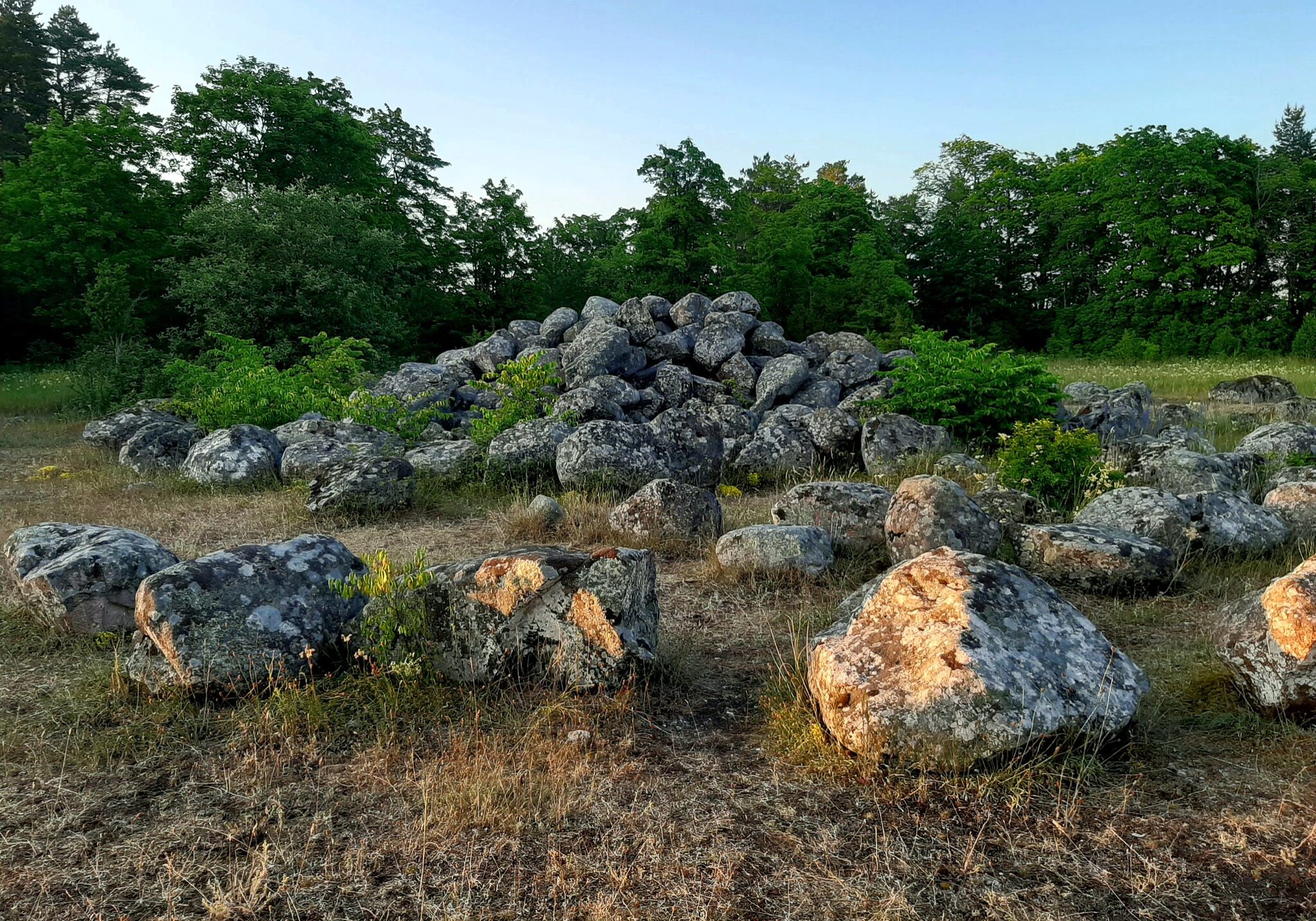Contract Stones

Estonians have always honoured trees. They believed that trees had souls like other living creatures. Some trees were considered sacred and protection was asked from them in tum for sacrifices. Oaks, lime trees and pines were the most common sacred trees in Estonia. However, it was the shape, location or the relation to an important event rather than the species that made a tree sacred.
In Hiiumaa, it was though that Ülenuti small-leaved lime in Kõpu can cure skin diseases if a piece of cloth was torn from clothes on top of the damaged skin and Dailed to the trunk of the tree. For another sacred tree, Tärkma sacrificial oak, it is not clear for what purposes sacrifices were offered up.
In this climate, an oak (Quercus robur) may live up to 700 years. Oaks are the oldest trees in Estonia. Our ancestors said that the first 300 years an oak shoots up to the height, the next 300 years it becomes thicker and the following 300 years it just stands there as it is. Tärkma sacrificial oak is believed to be more than 600 years old. Its growth bas obviously been hampered by strong winds because it is only 11 meters high, but it is very thick, its breast height diameter (at the height of 1.3 meters) is a little more than five meters.
These rocks which have been carried and stacked near Otimse are rather mysterious. It is unknown when and why the limestone ground was cleaned to be a foundation for a pile of rocks; neither is it known if the planned work was finished or is it still uncompleted. Even the origin of the name of the pile of stones is unclear. Some think that once upon a time an eternal (põline) agreement was made between people living by the sea and superior powers, according to which each person was to add a stone to the pile before a longer voyage to prevent accidents. However, both the name of this place and that of Pühalepa may have been derived from words “põhja lõpp” (end of bottom). This is the place where the bottom” or thick limestone layers cease to be close to the ground and the areas of a thicker layer of earth begin.
According to one version, the stones were heaved up to mark the grave of an ancient Scandinavian king Ingvar. Though this theory remains utproved, an Iron Age cist can be found a hundred of meters to the northeast from the stone pile. However, it is possible that the pile was put there relatively recently. An overseer of Sunremõisa estate may have ordered the peasants of nearby villages to gather the stones, either as a punishment or in order to clean the fields of the estate. The story goes that he was a malicious man of Estonian origin who, in the end, escaped a revenge for his brutality.
Gallery
It is a waypoint on the journey
You might also be interested in:

